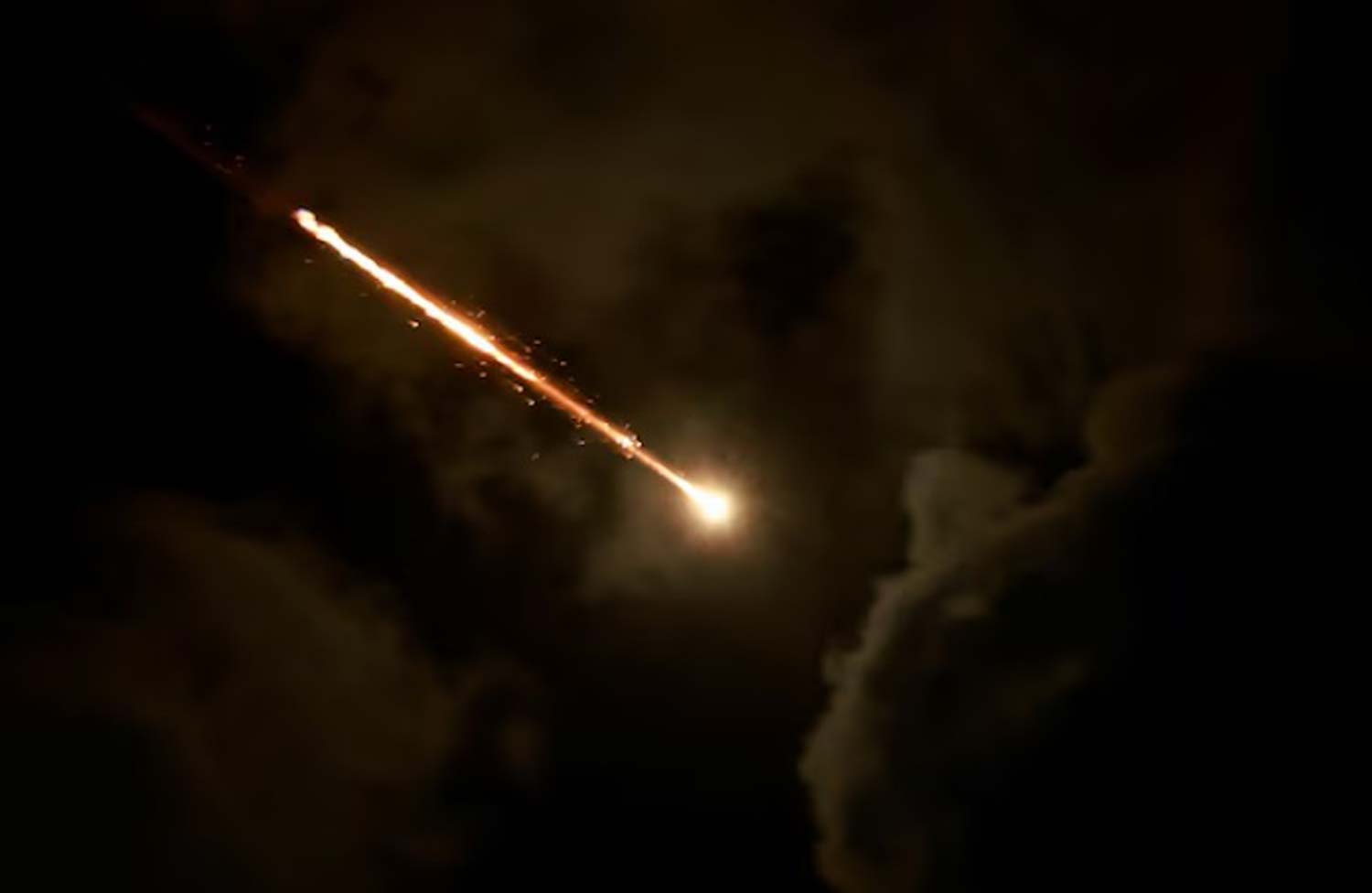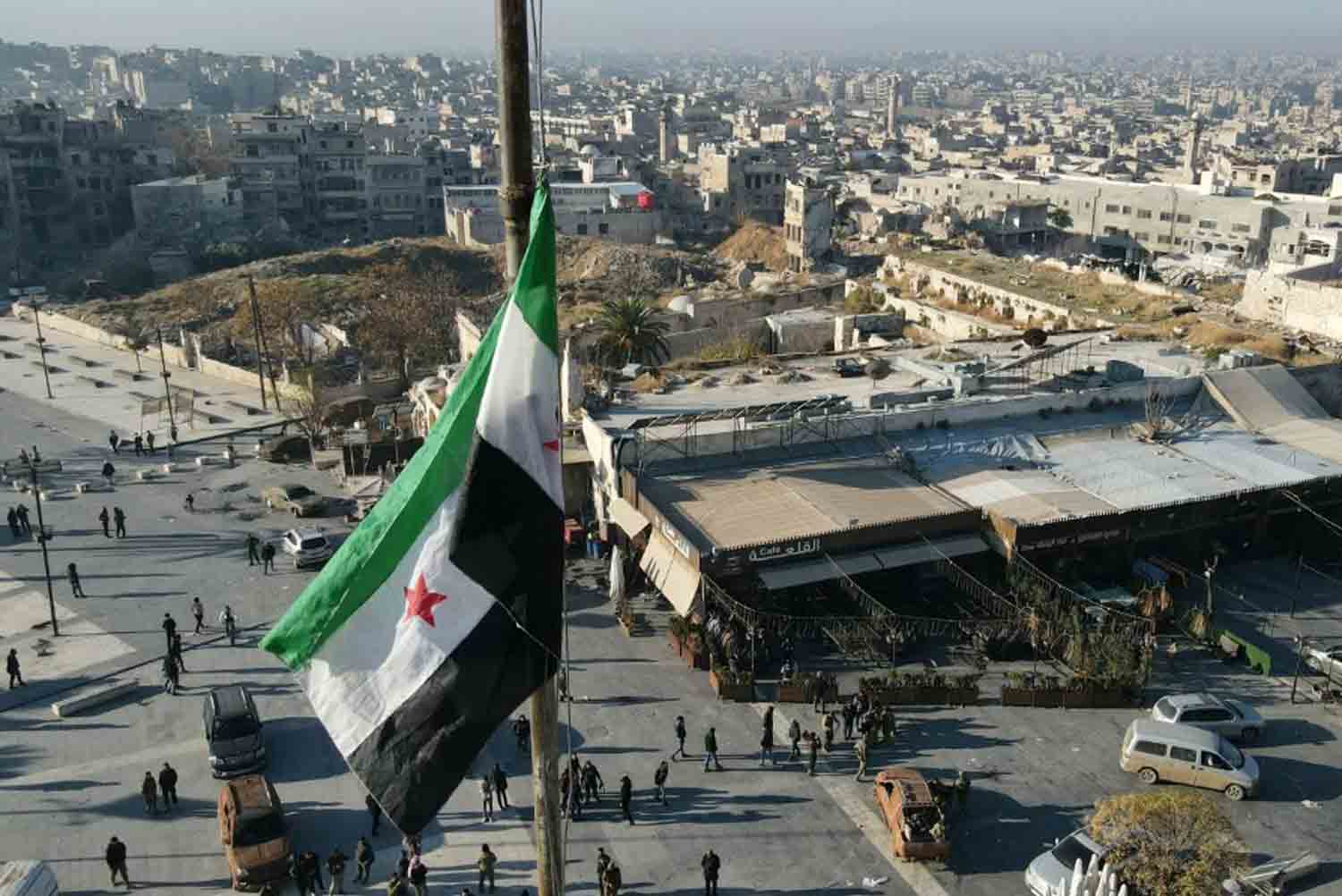Recent remarks by NATO Secretary General Mark Rutte have sparked heated debate, with some claiming the alliance is softening its stance on Ukraine by acknowledging Russia’s de-facto control over parts of its territory.
This interpretation, amplified by posts on X, misreads NATO’s position and overlooks the broader context of the upcoming Trump-Putin summit. Far from capitulating, NATO is navigating a complex diplomatic landscape with a pragmatic approach that upholds Ukraine’s sovereignty while confronting the realities of Russia’s occupation.
Rutte’s statement, made during an ABC News interview on August 10, 2025, clarified that any recognition of Russia’s control would be “effectual” rather than legal—a critical distinction. NATO has not wavered in its rejection of Russia’s illegal annexations in Crimea, Donetsk, Luhansk, Kherson, and Zaporizhzhia. Instead, Rutte’s comments signal a willingness to engage in ceasefire talks that account for the current battlefield without legitimizing Moscow’s claims.
This is not a retreat but a strategic acknowledgment of the need for negotiations to end the bloodshed, with Ukraine’s voice at the forefront.
The Trump-Putin summit, set for August 15 in Alaska, looms large over this discourse. President Trump’s decision to host Putin has raised eyebrows, especially given Ukraine’s exclusion from the talks. Kyiv, understandably, is alarmed, with President Volodymyr Zelenskyy dismissing any deal made without Ukraine as “stillborn.”
European allies share this unease, fearing Trump’s deal-making instincts might prioritize a quick resolution over Ukraine’s long-term security. Yet Rutte has defended the summit as a chance to test Putin’s sincerity, emphasizing that NATO will continue arming Ukraine and ensuring its inclusion in future negotiations.
Critics on X, have seized on Rutte’s words to claim a “significant shift” in NATO’s stance. This is an overreach. NATO’s commitment to Ukraine’s sovereignty, territorial integrity, and eventual membership remains ironclad, backed by billions in military aid and coordinated support through its Wiesbaden command.
Rutte’s pragmatism echoes historical precedents, like the West’s de-facto acknowledgment of Soviet control over the Baltics without legal recognition. It’s a diplomatic tightrope, not a betrayal.The real test lies in Trump’s summit. His talk of “territorial swaps” and pressure tactics, like tariff hikes on India’s Russian oil imports, suggests a willingness to play hardball. But his exclusion of Ukraine risks alienating allies and emboldening Putin, whose demands—Ukraine abandoning NATO aspirations and ceding territory—clash with NATO’s principles.
Rutte’s challenge is to hold the line, ensuring that any ceasefire respects Ukraine’s agency and avoids rewarding Russian aggression.NATO’s position is not a shift but a balancing act: supporting Ukraine’s fight while preparing for talks that reflect the war’s grim realities.
As the Trump-Putin summit unfolds, the alliance must remain vigilant, ensuring Kyiv’s voice is heard and its sovereignty preserved. The path to peace is fraught, but NATO’s resolve to stand by Ukraine must not falter.
Discover more from Defence Talks | Defense News Hub, Military Updates, Security Insights
Subscribe to get the latest posts sent to your email.





